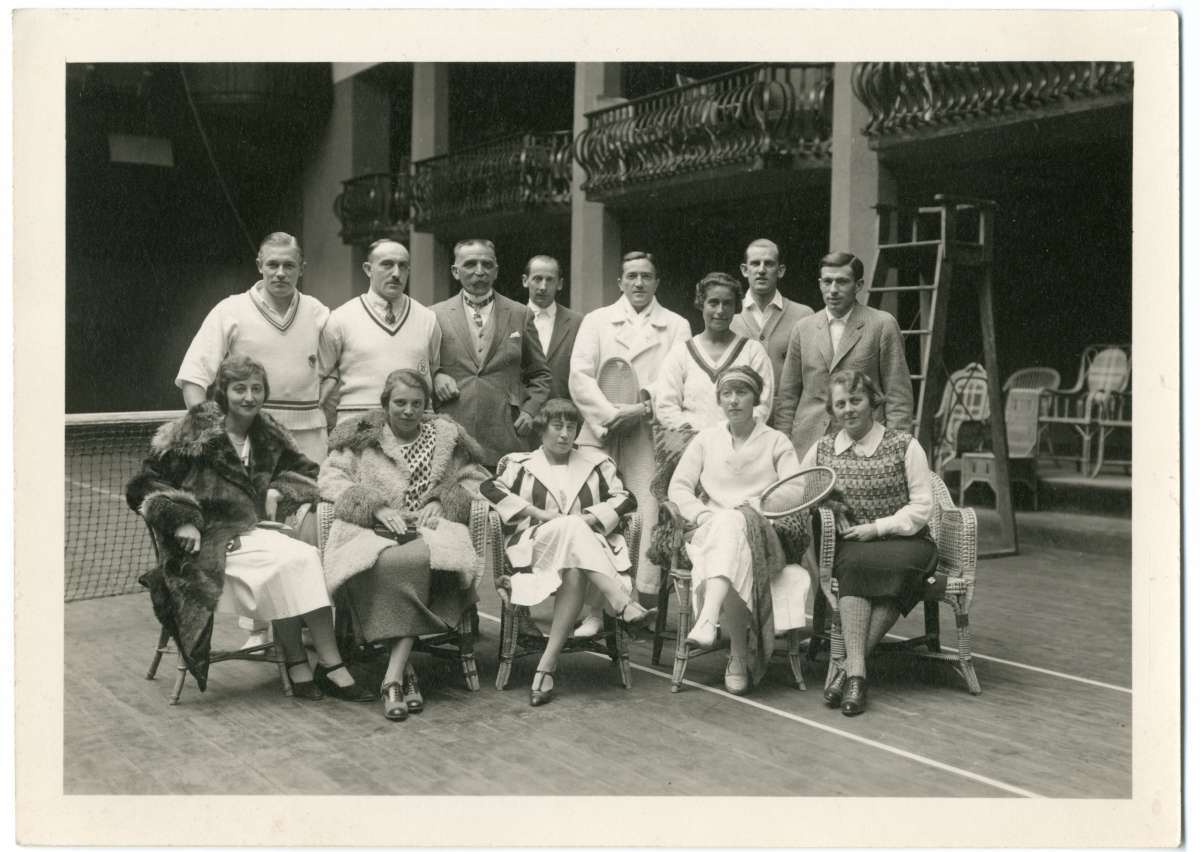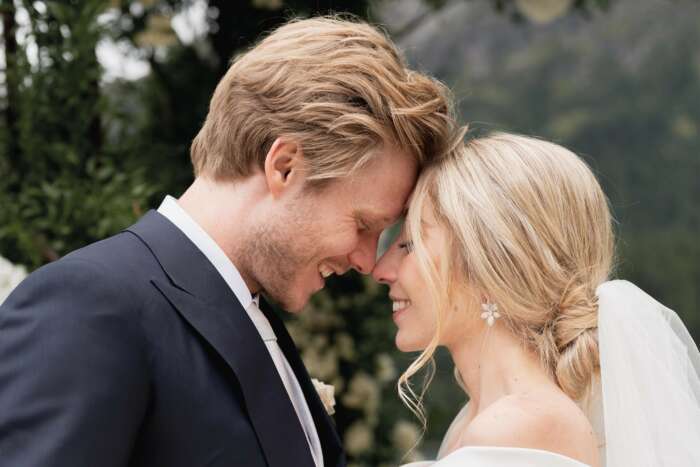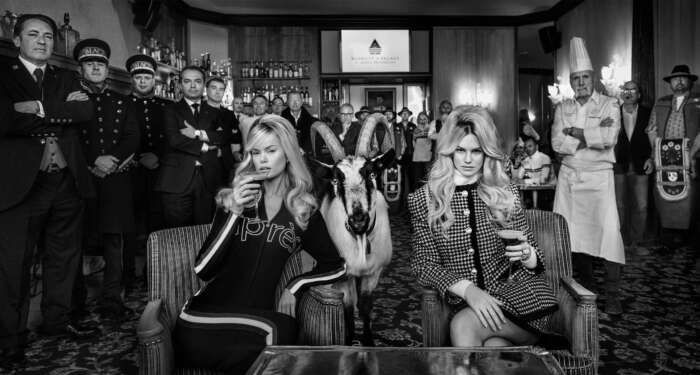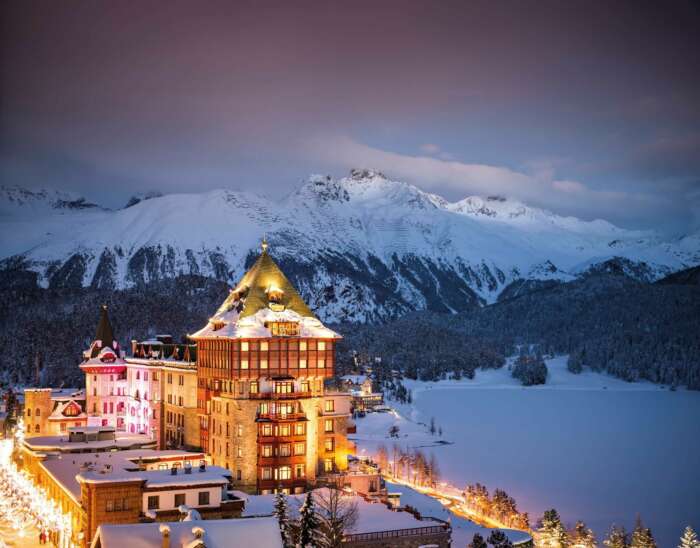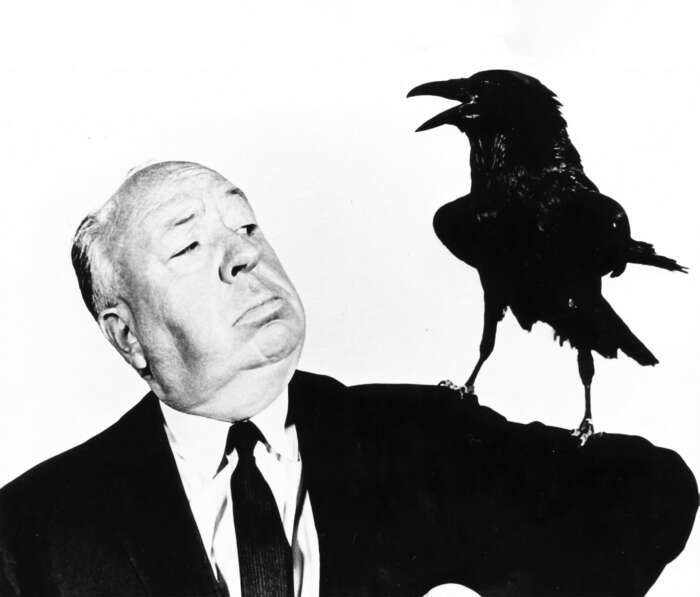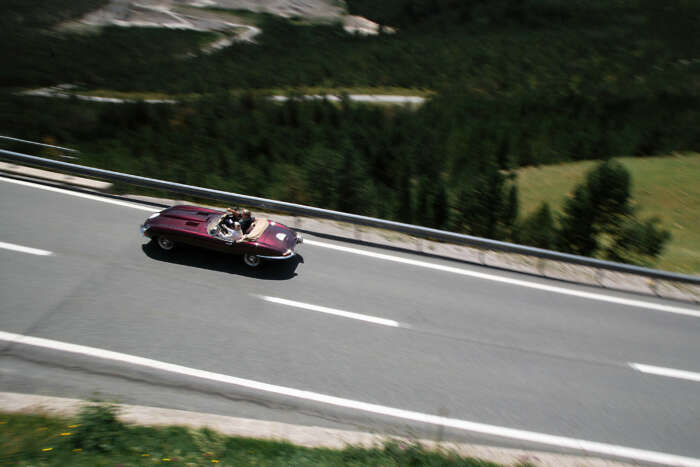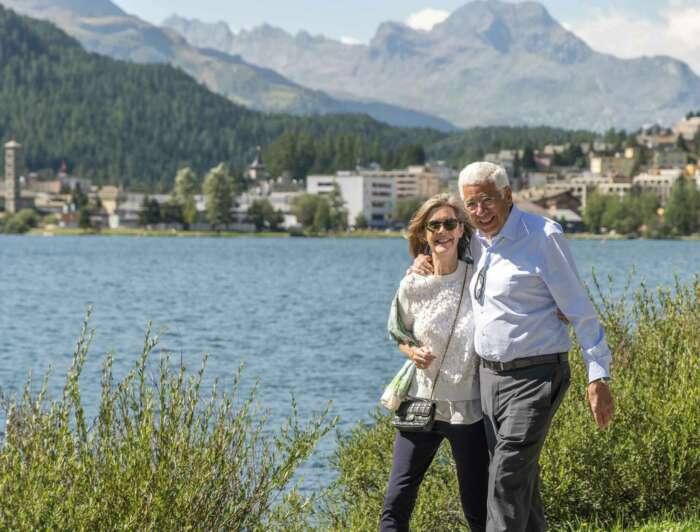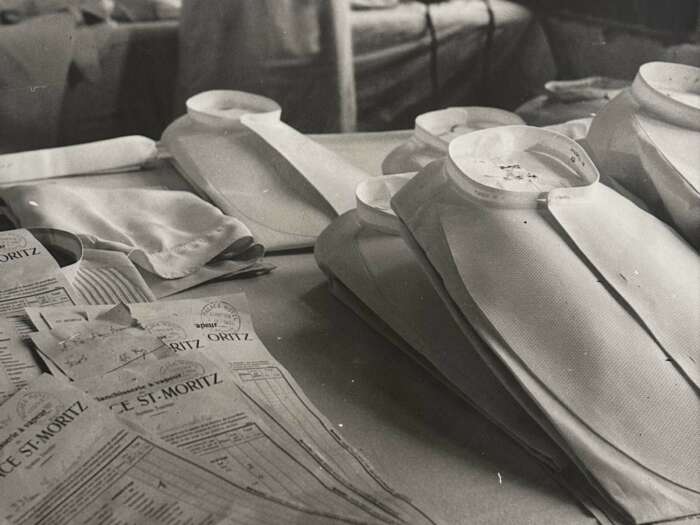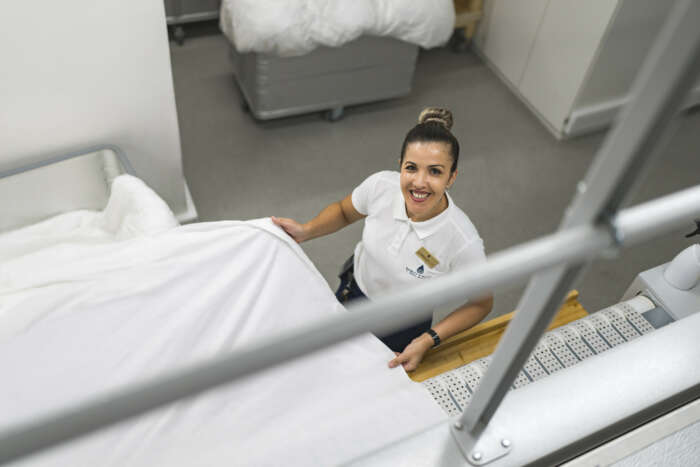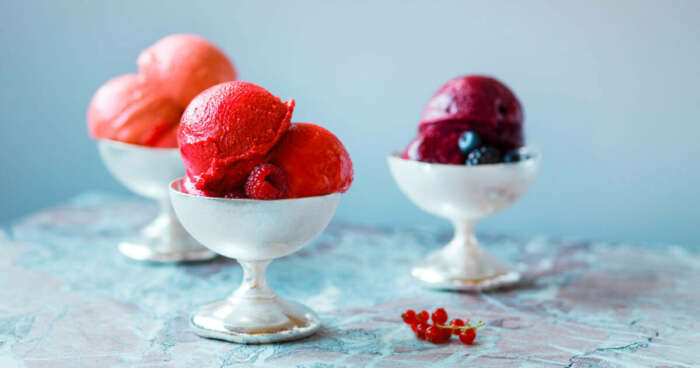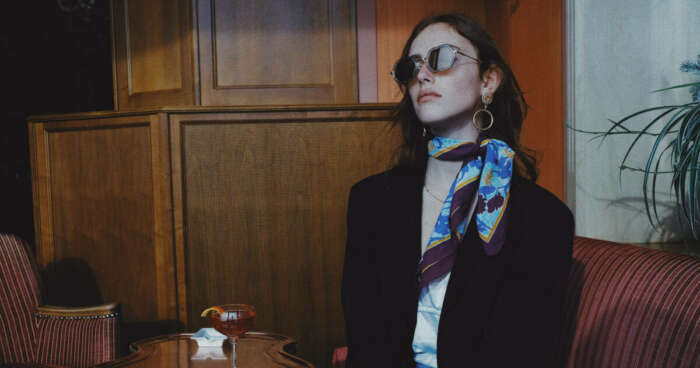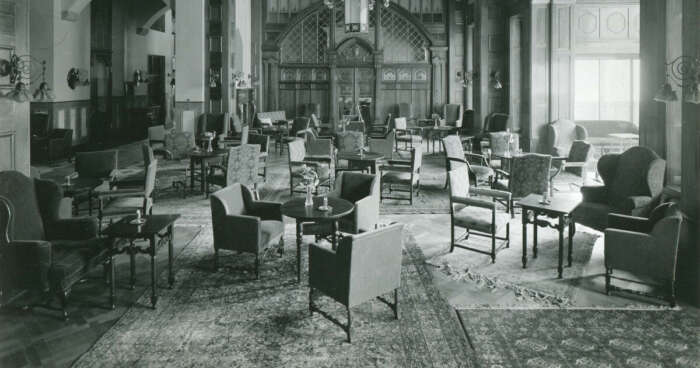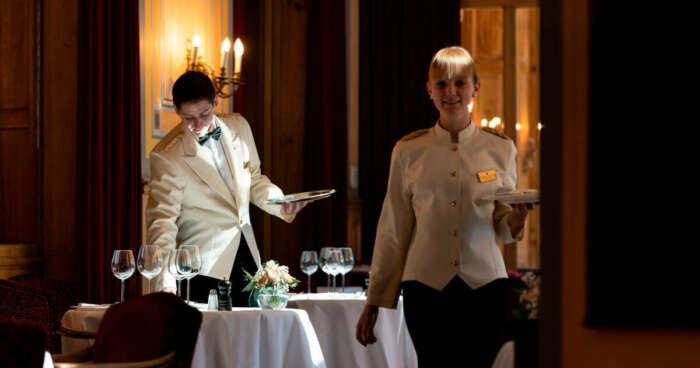Today, visitors to Badrutt’s Palace Hotel can take advantage of several outdoor courts with a glorious Alpine backdrop and expert tuition on demand. However, tennis at the hotel didn’t always look like this. In fact, the extension of the main building used to house a special indoor tennis court.
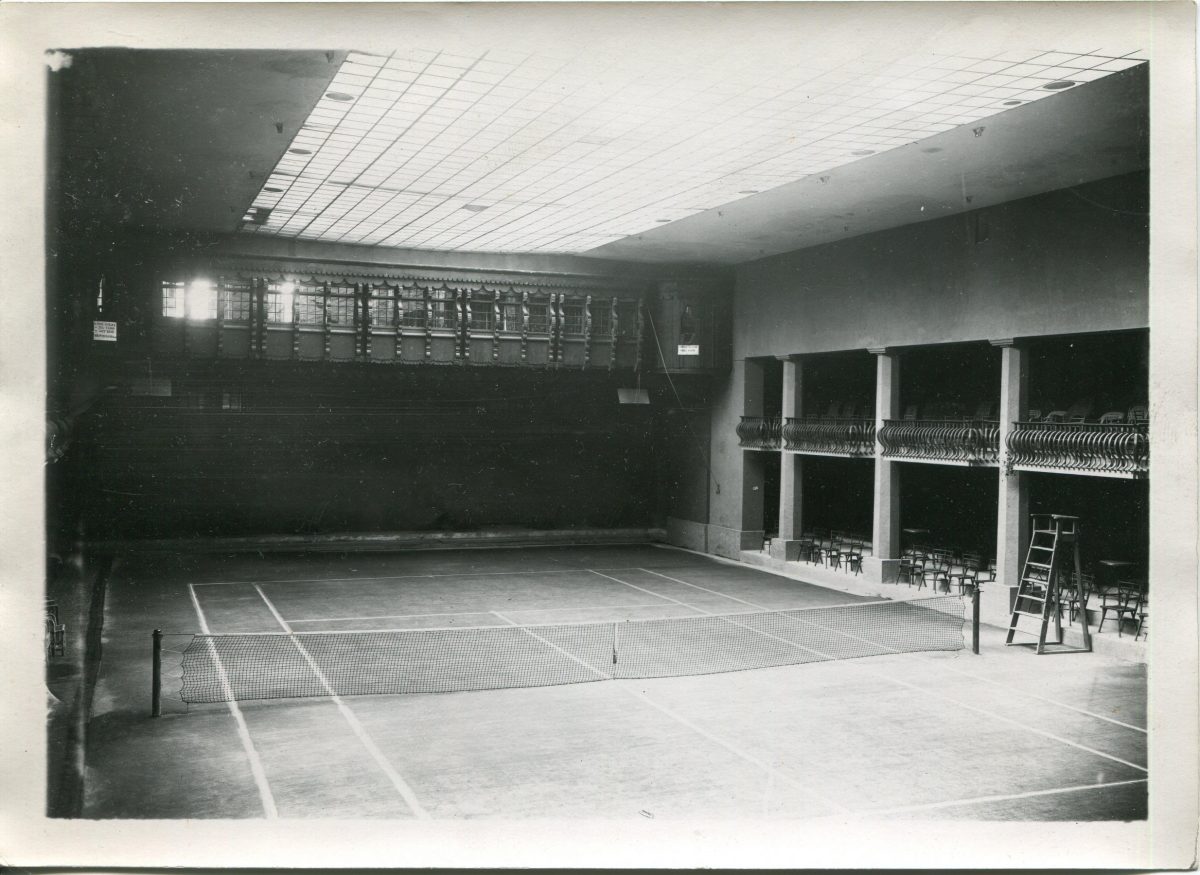
By the mid-19th century, St. Moritz was well established as a summer destination. Visitors would flock to the Swiss retreat to experience the restorative qualities of the clean mountain air and taste the mineral-rich spring water. Winter was very much the off-season.
That all changed thanks to the vision of the Badrutt family, who saw the potential for a winter resort in St. Moritz. With more than 300 sunny days per year, the town enjoys an enviable climate even in the colder months. So, in 1864, Johannes Badrutt persuaded a group of British friends to spend the winter in St. Moritz, and they were quickly converted.
The Palace we know today was officially opened in 1896. Inheriting his grandfather Johannes’s enterprising nature, Hans Badrutt, the manager from 1898, opened an indoor tennis court in 1913 to cement its reputation as a year-round destination. It meant that, even in the deepest, darkest winter months, guests could enjoy the by-then fashionable game of tennis and watch its top players in action.
The history of tennis dates back thousands of years, with a form of the game being played in ancient Greece. Modern tennis developed from a 12th-century French handball game called jeu de paume (game of the palm), because the ball was hit with the hand. Eventually, racquets were introduced in the 16th century. The name ‘tennis’ came from tenez (receive or take) and was called to indicate a player was about to serve.
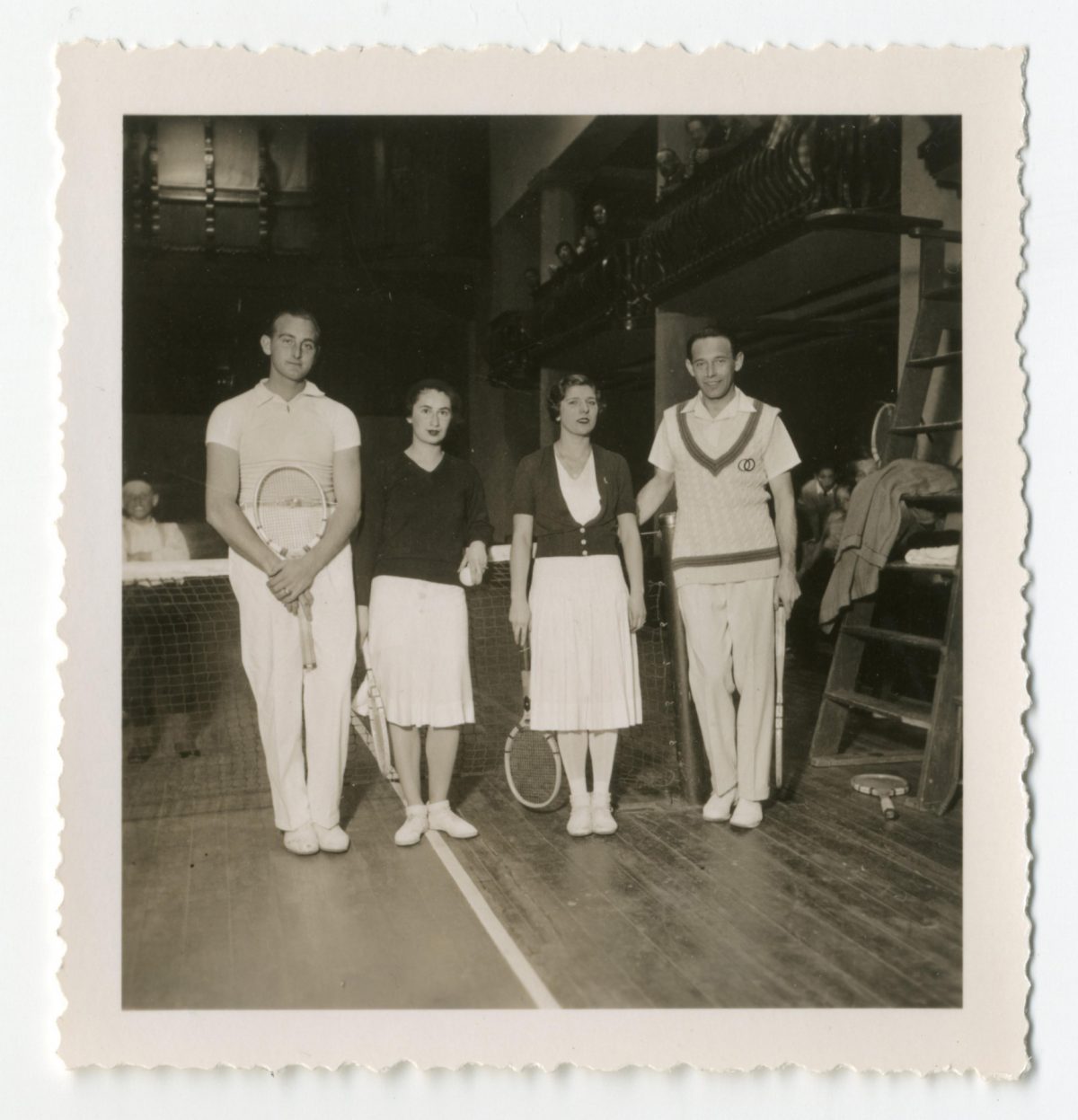
Tennis continued to gain popularity in France, where it was adopted by the royal family. In 1316, Louis X of France is said to have died after a particularly vigorous game.
Between the 16th and 18th centuries, tennis was highly regarded among royalty and nobility beyond France. By 1875, lawn tennis had overtaken croquet and badminton in popularity, and the International Lawn Tennis Federation (ILTF) was founded in 1913. This was the very same year that the pioneering Hans Badrutt opened his indoor tennis court at The Palace in St. Moritz.
The fledgling ILTF decided to hold three world championships: one on a grass court, one on a hard court and one on a wooden parquet court in an enclosed hall. In 1922, the Palace hosted the latter of these championships, with the tournament won by Henri Cochet, the world number one-ranked player and a member of the famous ‘Four Musketeers’ from France who dominated tennis in the 1920s. Germaine Golding (née Regnier) of France won the women’s tournament, and both Cochet and Golding teamed up with their singles opponents to triumph in their respective doubles matches.
Other players to grace the Palace tennis court over the years included Max Décugis, another French world champion, Kathleen McKane Godfree, who went on to become the most decorated female British Olympian, and Frenchman William Laurentz, who ranked among the top 10 in the world in the early 1920s. Hans Badrutt invited Laurentz to play at the hotel in 1919 and a cheeky response from the sportsman explains that, having just returned from Copenhagen, the cost of the journey would be unaffordable unless Badrutt could reduce the hotel price to five Swiss francs a day – and include wine if possible!
As well as attracting competition from around the world, the indoor tennis court proved a popular addition to the hotel for other guests who enjoyed the chance to see some of the best tennis players of the day in action, creating an extra enticement for fashionable society to visit St. Moritz all year round. With them came skiing, polo, horse racing, curling and skating, creating a winter sports haven.
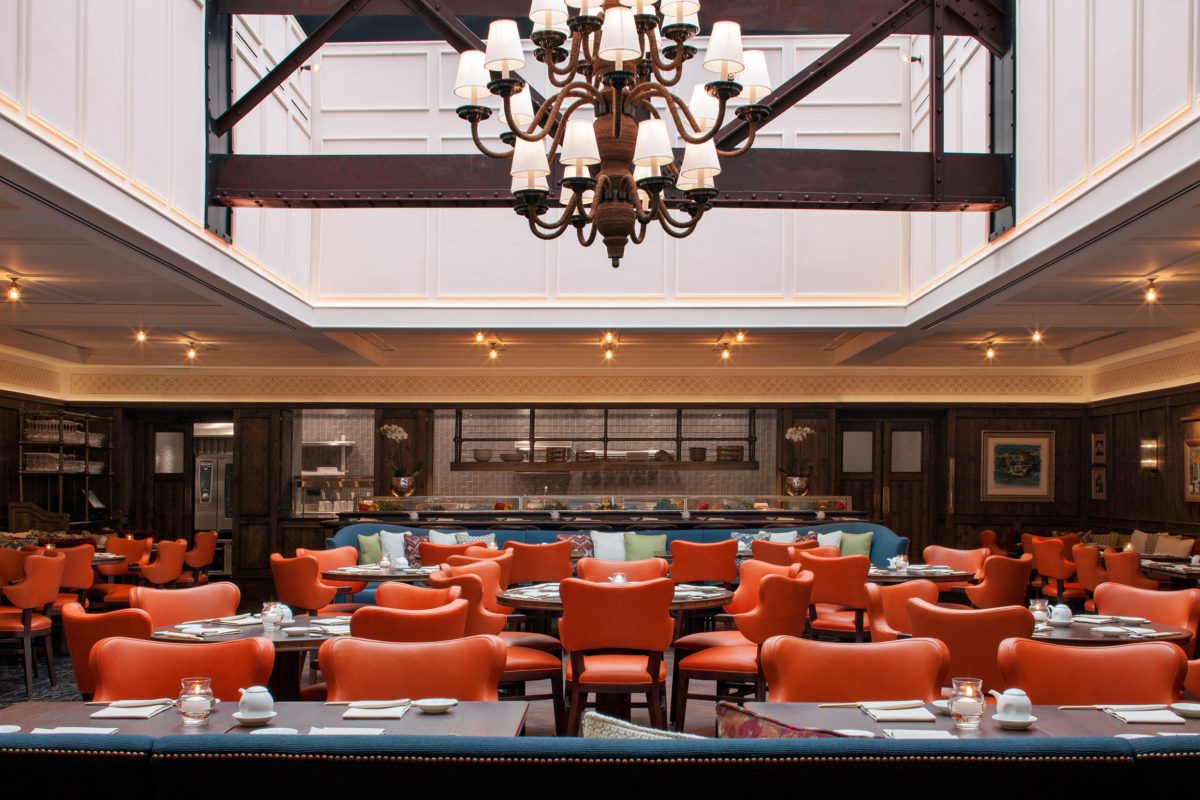
Nowadays, you will receive a very different type of serve in the indoor tennis court at the Palace. It was closed in the late 1950s, just before the King’s Club was constructed in 1963, and is now home to La Coupole – Matsuhisa restaurant. But tennis fans need not fear – the hotel’s outdoor tennis courts and professional trainers have plenty to offer the hidden champions among you.
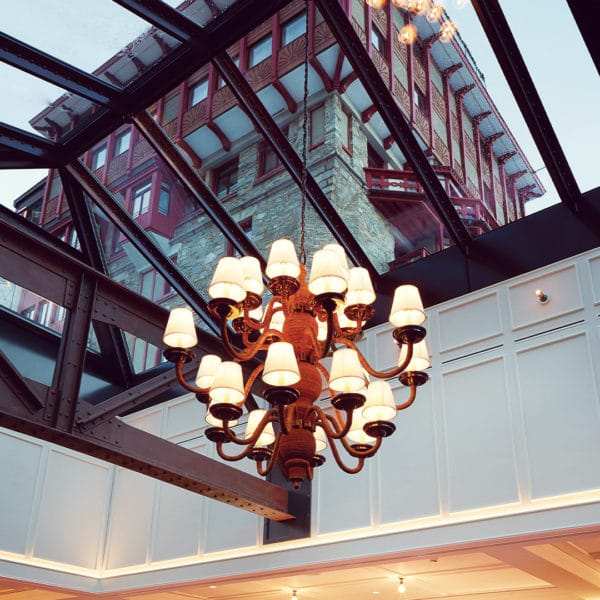
DINE WITH US
To find out more and book a table at Matsuhisa, click here.
